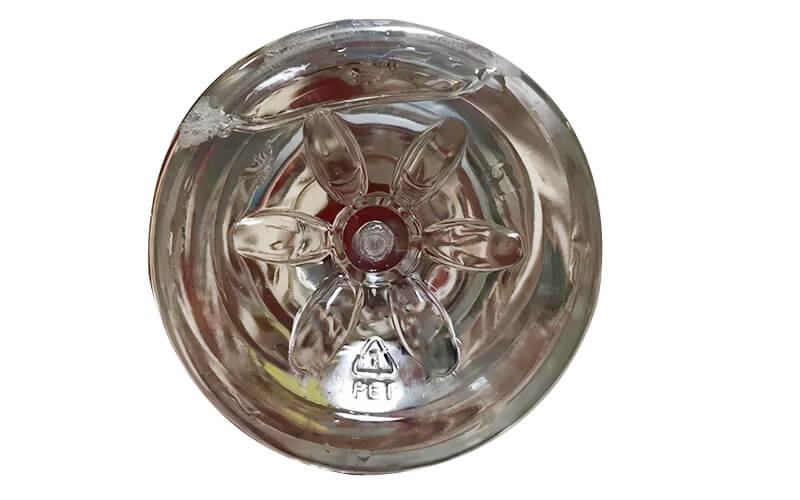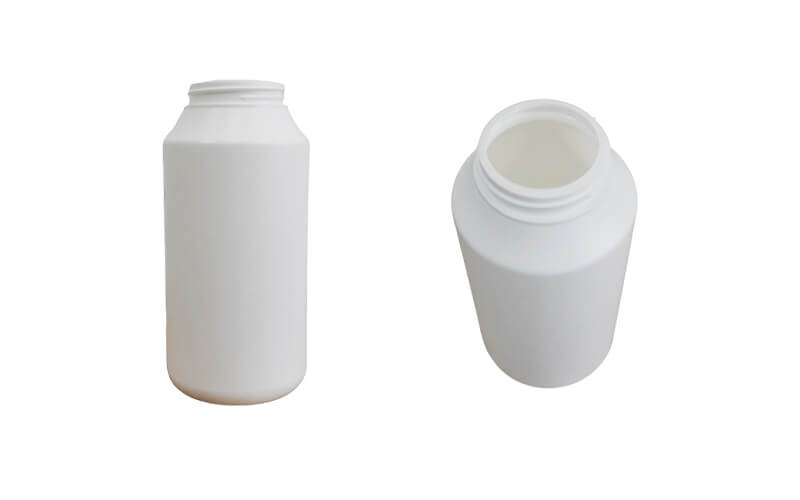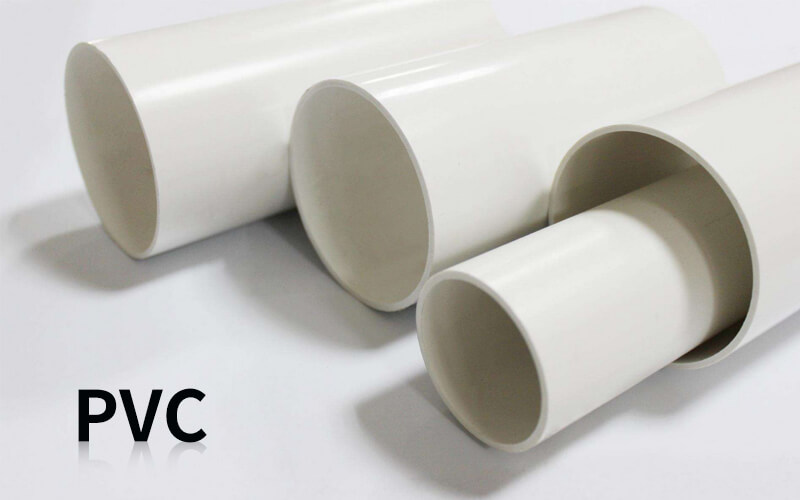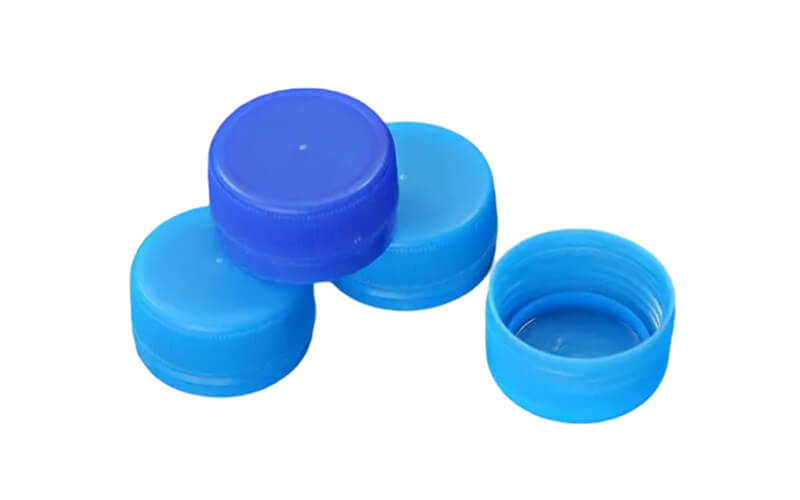In our everyday routine there are multiple events where we use plastic bottles. No matter if its holding the fizzy drinks or infant formula plastic is everywhere. However, these plastic bottles hold something more than only fizzy drinks. If you have ever focused you may come across a number written on them with a circle. These bottle numbers on the bottom are not coincidental; rather, they provide important details regarding the make-up and suitability for recycling of the plastic used to make the bottle. To comprehend plastic structure and the wider universe of plastic products, we shall examine the importance of the numbers on the bottom of plastic bottles in this article.
Understanding bottle numbers on the bottom:
Bottle numbers on the bottom also known as resin identification codes or recycling numbers usually go 1 to 7. These numbers show what kind of plastic the bottle is made of. Each number denotes a special resin or polymer, that provides information on the chemical makeup of the bottle. Now let's examine some of the most prevalent plastic kinds, indicated by these numbers:

PET (Polyethylene Terephthalate):
Food containers: The most common plastic used in food containers is PET, or polyethylene terephthalate. This kind of plastic is versatile and light weight due to which it is considered as a perfect material.
Common Uses: all the non-alcoholic beverages are frequently bottled up in this material because PET is clear, consumers can easily see what's inside, which makes it ideal for items where transparency is crucial.So bottle number on the bottom of this item is number 1 which denoted PET.
HDPE (High-Density Polyethylene):
HDPE: All those items that need to be sturdy and strong this HDPE is used. You might think why? This is because this kind of material is strong so all those items that need to be strong are packed inside this item.
Common Uses: The number for this kind pf plastic is number 2. All those material in which this plastic is used you will see “2” bottle number on the bottom of it. This kind of plastic is usually used in milk jugs, detergent bottles etc. In short we can say all those materials that endure regular use are are made form number 2.

Reuse and Recycling: It is thought that HDPE is safe to reuse and recycle. This implies that HDPE-based products—like bottles and containers—can be gathered, processed, and repurposed to create new products, supporting environmental initiatives.
PVC (Polyvinyl Chloride):
Polyvinyl Chloride, or PVC: is a flexible material that is noted for its versatility. It is appropriate for many applications since it is easily moulded into varied shapes.

Common Applications: Due to kits versatility PVC is used in building supplies, plumbing etc. However, its use in bottles is less common, this is because of the chance of dangerous chemical leakage from PVC, especially when it comes to contact with edible liquid.
LDPE (Low-Density Polyethylene):
Flexibility and Lightweight: Whenever, softer, and more malleable plastic is required this is the plastic that comes to everyone’s mind. This low-density polyethylene is well known for its light weight.
Wide Range of Uses: The number of this plastic is number 4. It is used in plastic wrap, food containers and squeezable bottles. These are known as safe to use materials.
PP (Polypropylene):
Sturdy and Heat-Resistant: This kind of material is used in the materials that are subjected to meet heat. You might think why? This is because this kind of plastic is well known for its strength.

Common Uses: All the bottle caps, medical materials and electronic are often made of this kind of material. The number of this plastic is 5. So, the bottle numbers on the bottom on these materials is 5. The use of this plastic in multiple industries has increased due to its property of heat resistant. Finally this kind of material is also entitled to be recycled and reused.
PS (Polystyrene):
Insulating qualities: In the list of all plastics that are entitled to have strong insulating properties the PS is also on the top of the list. Its efficiency in temperature changing environment make it popular choice among every industry.
Common Applications: In the packaging of electronic devices, coffee cups and multiple other things it can be used effectively. However, due to its effect on health its use is decreased in past some years.
Deciphering the Plastic Structure
The bottle number on the bottom can educate the customers a lot. These numbers can tell about the material and if outs in favor for your health or not. For example If the number tells that this is PET material used in the product etc.
Plastic Structure in Everyday Products
If you think that plastic is only used beverage bottles, then let us tell you that you are wrong. Plastics are part of our daily routine. You wanted to know how? let’s explore:
1. Plastic Containers: For plastic containers HDPE (number 2) and LDPE (number 4) are commonly used. As these plastics are strong, they are suitable for storing a variety of products, from food to household items.
2. Plastic Bags: The number 4 or we can say LDPE is a famous choice for plastic bags. But due to environmental stability we are using alternative product with it.
3. Plastic Wrap and Film: LDPE is also considered the best product that can be used for wrapping purposes. Then the other plastic like number 3 or PVC is used for stretch films. Its flexibility and ability to adhere to surfaces make it ideal for preserving food freshness.
4. Plastic Boxes: Various plastics, including HDPE and PP are used to manufacture plastic boxes. Like protecting goods and organization.
Environmental Considerations and Recycling
The plastics are very versatile, and we use them in multiple places in our daily life. But their environmental effects tell us to recycle them. For this purpose, the bottle numbers on the bottom play an important role. These numbers help consumers make informed choices about disposal and recycling practices.
1. Recyclability: All the plastic bottles that are marked by number 1 and 2 are best for recycling facility. These plastics can be efficiently processed and reused to create new products, reducing the demand for new raw materials.
2. Challenges with Other Plastics: The plastics whom number are 3 to 7 are very difficult to recycled so globally it is believed to use them in limit as much as one can.
3. Environmental Impact: The environmental impact of plastic products goes beyond recyclability. Issues such as plastic pollution, microplastics, and the depletion of fossil fuels for plastic production are significant concerns. Initiatives to reduce single-use plastics, promote recycling, and develop alternative materials are underway globally.
Conclusion
In the end, we conclude that the bottle numbers on the bottom are very important and say a lot about the product and its composition. Through these numbers one can tell whether this plastic is good for one’s needs or not and then the decision of recycling or processing can be taken. Given its many uses, plastic is still a necessary component of modern life. However, its environmental impact can be reduced by using and discarding it responsibly.






